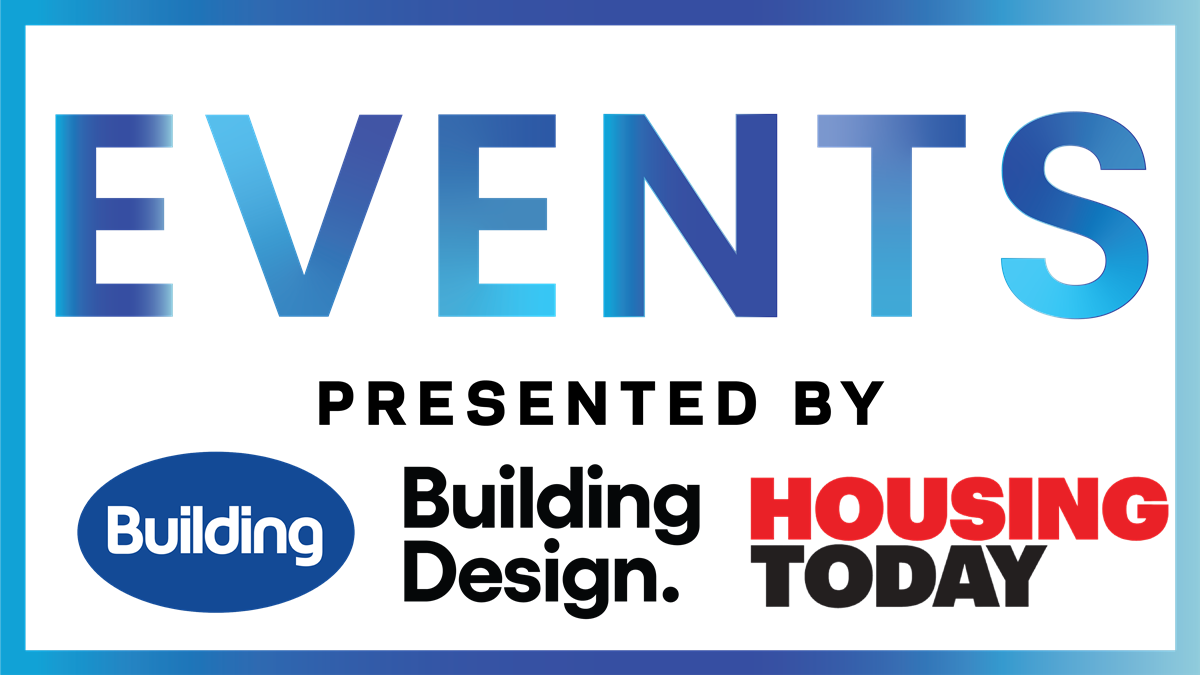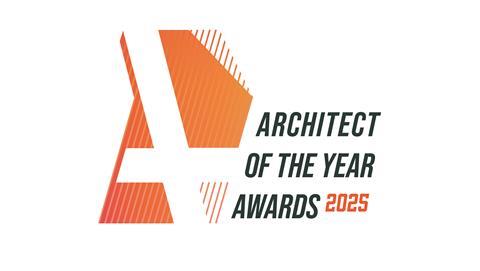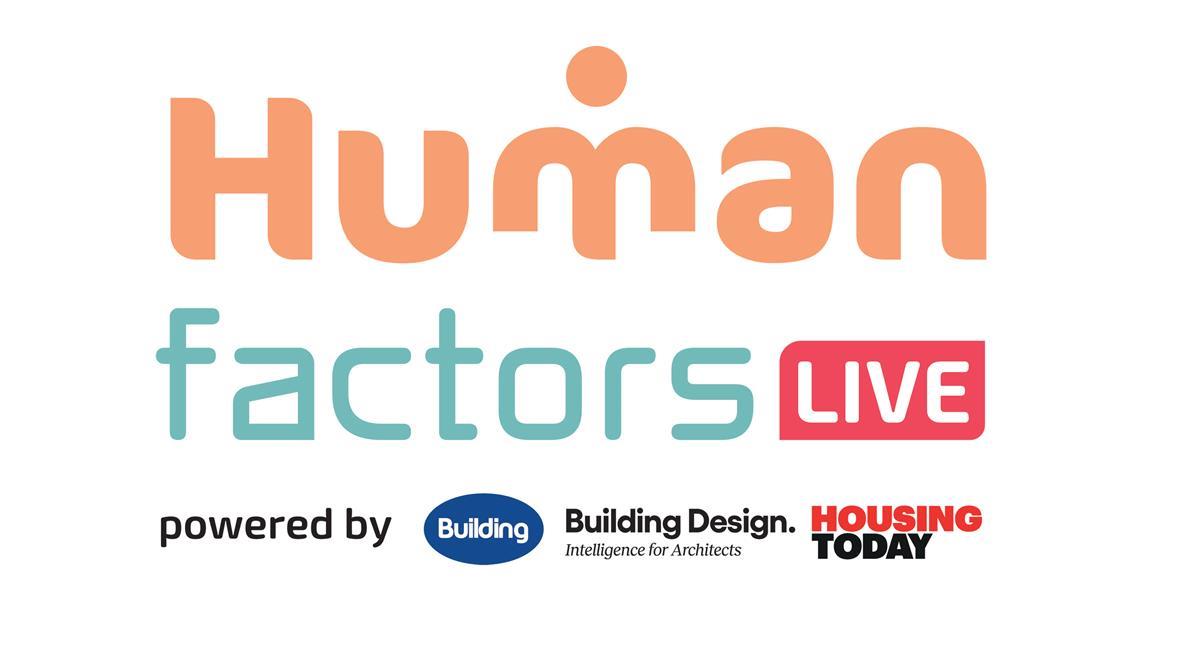As construction gears up for growth, designers are being asked to deliver more with less. However, without real-world data, even the best designs fall short. Brittany Harris explores why smarter information, not just smarter intentions, is key to ensuring sustainability and compliance, while also protecting profit

After a long period of stagnation, the construction sector is beginning to show signs of recovery. In its 2025-2027 forecast, Glenigan predicts an 8% increase in UK project starts for 2025, with construction starts projected to hit £73 billion by 2026. Optimism is returning. But if that optimism is to translate into meaningful progress (environmentally and commercially) it must be built on more than renewed output; that means establishing it on a solid foundation of better information.
Before founding Qflow, I worked as an engineer at Buro Happold. I was passionate about designing the most sustainable and high-performing solutions within the constraints of budget and scope. But time and again, I found myself frustrated.
We would invest weeks meticulously refining a design, only to hand it over to the construction team and lose visibility. We never really knew if our efforts paid off. Was the design actually built as intended? Did it deliver the outcomes we hoped for? And most importantly, how could we learn and do better next time?
This missing feedback loop between design and construction made meaningful improvement difficult. Occasional site visits offered glimpses into how our designs were implemented, but the lack of reliable data meant we were largely working in the dark. Without that feedback, iteration and innovation was stifled.
This is not an isolated story. Despite significant investment in digital innovation, the industry remains hindered by fragmented, inconsistent data. Projects continue to operate in silos, and, according to the State of Data Quality in Construction report, the average UK project loses around £2 million to rework, delivery mistakes and procurement inefficiencies, all caused by poor-quality or poorly managed data. This isn’t a back-office issue. It affects how buildings are designed, costed, and justified from the outset.
For designers, unreliable data means they are forced to design based on assumptions, rather than facts. And, without real-world feedback loops from construction sites, these assumptions often lead to overdesign, redundant detailing, or even inappropriate product choices that result in extensive and expensive rework.
This means that it’s not sustainability that costs us, it’s designing in the dark.
One of the most persistent myths in the built environment is that building sustainably is inherently more expensive. But the evidence increasingly points the other way. It’s not low-carbon solutions inflating budgets, its late design changes, over-specification, and missed opportunities for efficiency and optimisation, which all stem from poor-quality data.
DEFRA’s UK statistics on waste show that construction, demolition and excavation account for around 61% of the UK’s total waste and much of it is preventable, but only if designers and contractors have access to timely, accurate data. For example, on Morgan Sindall’s Surrey Quays Overground station upgrade project, deploying Qflow’s digital waste tracking enabled the team to divert 93% of waste from landfill, source 56% of materials within 25 miles of site and save £7,000 in admin costs by reducing time spent collating and reporting data.
These outcomes were not achieved through costly sustainability interventions; they were delivered through the identification and elimination of wasteful processes. That distinction matters. With better data, sustainability becomes not a premium feature, but a path to operational excellence.
It’s not sustainability that costs us, it’s designing in the dark.
As regulatory pressures intensify, from fire safety to evolving net zero policies, the ability to evidence what is actually designed has become as important as the design itself. Compliance is no longer a tick-box exercise handed off to contractors or consultants. It’s a live responsibility that stretches from the initial design stages through to occupancy.
Yet compliance demands trustworthy, consistent data – especially regarding materials, carbon and supply chain provenance. However, data collected on construction sites often lacks essential detail such as weight and source, and is in inconsistent formats making analysis impossible. 91% of product data must be manually enriched before it can be used in carbon calculations or sustainability claims. This presents a major barrier for architects that need their designs to stand up to environmental and legal scrutiny. It also undermines the design intent. If what is built can’t be proven to match what was planned, confidence in both compliance and performance suffers. And liability becomes an even greater concern.
By treating data as a core layer of design infrastructure rather than an expensive ‘nice-to-have’, designers can gain greater influence over risk, sustainability claims and project delivery, ensuring better, safer outcomes for their clients.
At current, few projects close the loop on design and construction, feeding back into the design stage what worked (and what didn’t) in previous iterations. However, the industry momentum to change this is building. Guidance from UKGBC and LETI increasingly pushes for carbon, waste, and delivery data to be considered in the earlier stages of construction projects. In fact, UKGBC’s “Net Zero Carbon Buildings: A Framework Definition” outlines that whole-life carbon assessments must begin no later than concept design (RIBA Stage 2) and should be followed up at completion. This places clear accountability on the entire project team to validate that those important early design decisions actually delivered the desired on the gound impact.
Perhaps even more importantly, quality data reconnects designers with the lifecycle of their work. Rather than seeing design as something handed over, it becomes a dynamic part of project delivery: responsive, evidence-based and verifiable.
With significant growth on the horizon, the construction industry has a rare chance to reset. But this must be more than a return to old patterns at higher volume. It is an opportunity to embed good data into the DNA of how we design, specify and deliver.
The tools already exist. The cost of inaction is clear. And designers are uniquely placed to drive this shift by shaping intent and delivery.
Postscript
Brittany Harris is chief executive officer and co-founder at Qflow
















1 Readers' comment